Written By Nicole Wilkins
When it comes to fashion, any girl will tell you there’s a right shoe for every occasion. But does that hold true for weight training, running, or cardio? Does it really matter if you wear running shoes for squats?
I have over 200 pairs of sneakers (I know, I have a problem😁) so I think you can guess what I’m going to say!
RUNNING SHOES
The two main things I look for are cushion and support.
• CUSHION I prefer thick enough cushioning to absorb shock– but not too much. Having too much cushion could actually reinforce poor running form. Because you don’t feel the impact, you end up landing very heavily on your heels. I’m not going to turn this into a deep dive into running form and a maximalist shoe v minimalist shoe debate, but based on my own track and field experience and the running I do currently for cardio and triathlon preparation, I am more of a ball/midsole runner. I feel this is the optimal gait because you tend to be lighter on your feet when you land on the ball/midsole versus your heel, so I don’t feel the need for a heavily cushioned sole.🏃♀️
• SUPPORT You don’t want your foot pronating (rolling inward) or supinating (rolling outward) or too much, or moving around inside the shoe period. There will be some degree of both, but too much of either can lead to both foot and ankle problems or injuries, such as arch or heel pain, ankle sprains, shin splints, knee pain, and or course, hip or back pain. A shoe with good arch support helps you avoid these issues.
YOUR RUNNING STYLE
Understanding your running form can be helpful in determining the best type of shoe for your feet. Gait analysis examines how you run, specifically how your foot lands. It typically involves filming you running on a treadmill, measuring the anatomy of your foot (width, length, arch height), and the types of surfaces you predominantly run on. Most running stores offer gait analysis.
DON’T RELY ON GIMMICKS
Running shoes themselves will not fix poor form, so I encourage you to evaluate your technique and work on improving habits that may lead to injury down the road. Also, be sure to change your shoes around every 300 miles, or 6 months, depending on your running frequency and distance. Here are a couple of my favorites.
HOKA ONE ONE ELEVON
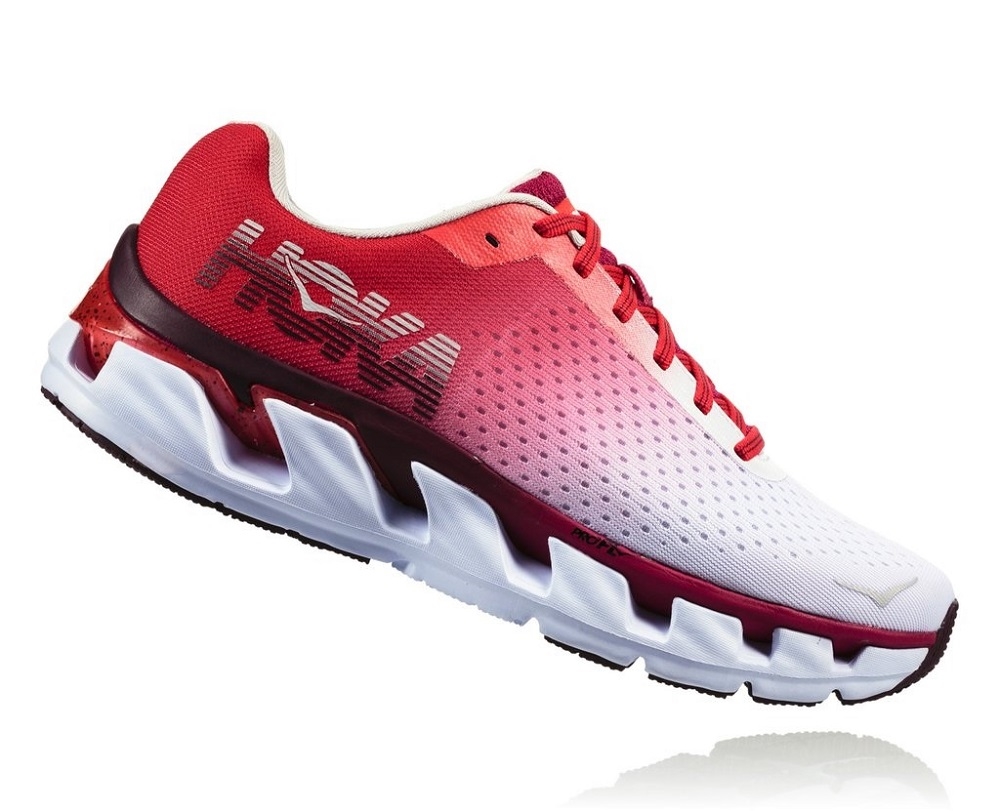
ASICS GEL LIMBUS
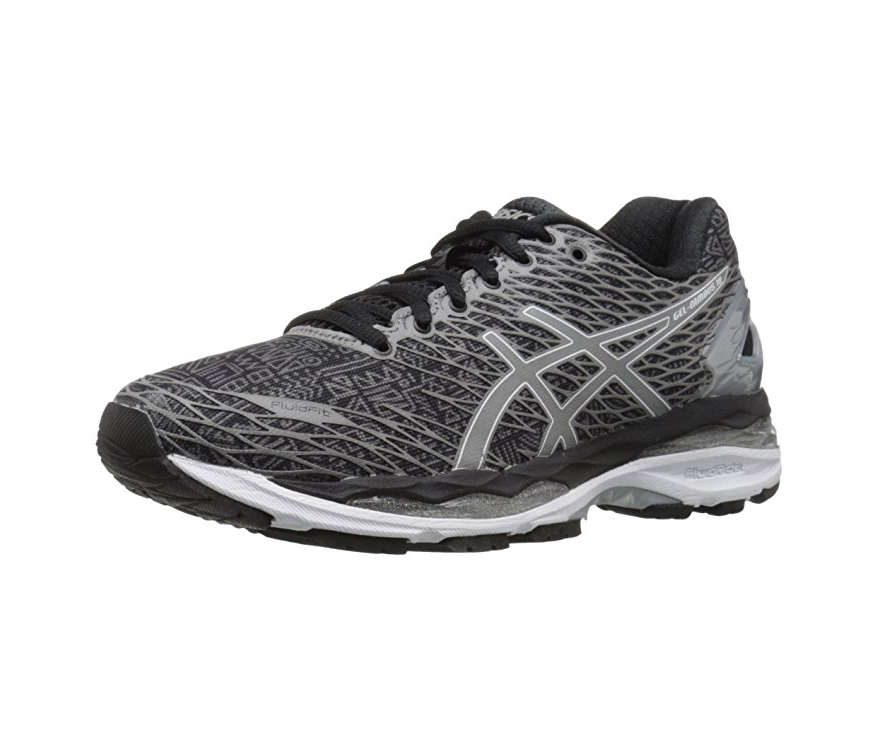
WORKOUT SHOES
Whether you’re doing squats, overhead presses, or dynamic exercises like plyo squats, you don’t want any wavering from side-to-side. That’s why I prefer flat-soled shoes because they distribute force evenly through the foot. And I like just enough of a heel to help with balance when I drop down low (think squats or lunges) but still want to keep my torso fairly upright. 🏋️♀️
There has to be good ankle stability and of course, cushion for shock absorption. The shoe material should be light to let your feet breathe, but not so flimsy that they don’t provide enough support. Obviously, when you’re lying on a bench or seated on a machine, your shoes aren’t as critical as when you’re moving, but I still like to maintain a solid connection with the floor, and a flat sole helps in this case, too. Here are a couple of my favorites.
NIKE METCON CROSSTRAINER
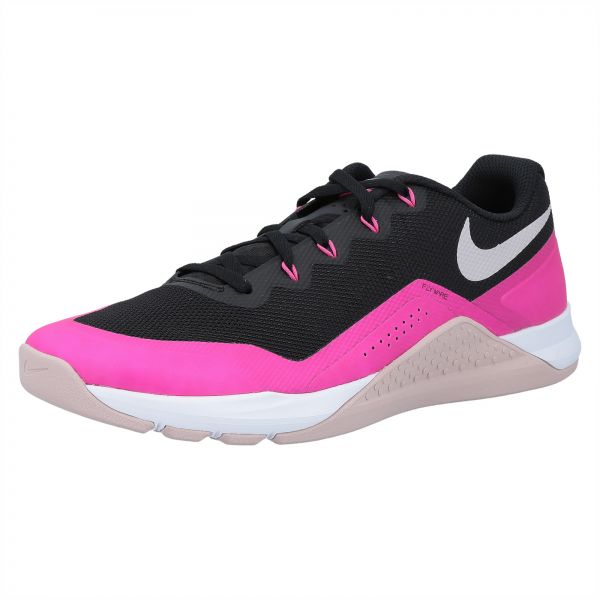
ADIDAS ORIGINALS
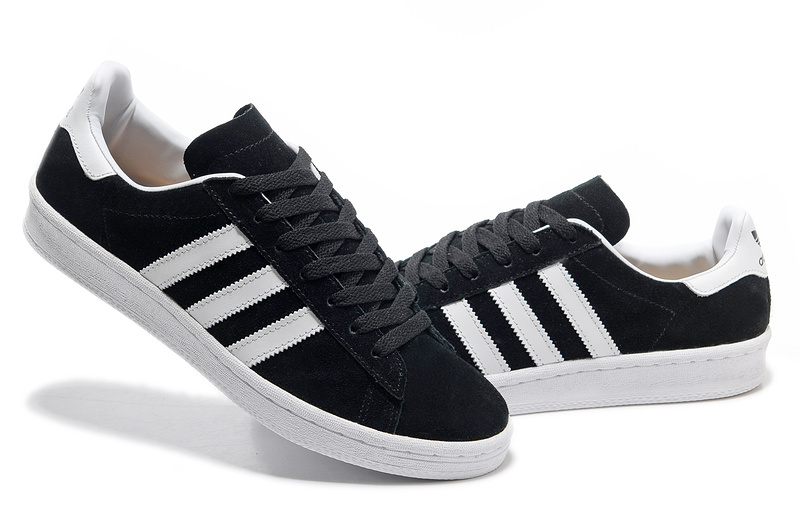
CARDIO
If I’m running on the treadmill, then I’ll wear my go-to running shoes. For everything else, I’ll usually stick with whatever I’m already wearing for my workout.
Looking for more awesome training and nutrition information? Join NicoleWilkins.com for hundreds of workouts, training and nutrition tips, healthy recipes and more to help you transform your body and reach your fitness goals!
Become a Member Today!
ABOUT NICOLE
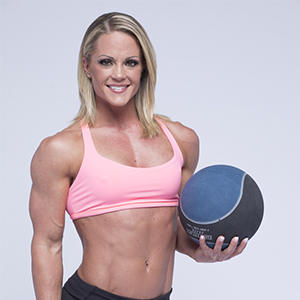 One of the biggest names in the fitness industry, Nicole Wilkins is a world-record holding four-time Figure Olympia Champion and 2012 IFPA Personal Trainer of the Year. Nicole earned her BA in Wellness, Health Promotion and Injury Prevention at Oakland University. The owner and founder of nPower Nutrition, Nicole has helped thousands of people start living a healthier lifestyle and reach their fitness goals.
One of the biggest names in the fitness industry, Nicole Wilkins is a world-record holding four-time Figure Olympia Champion and 2012 IFPA Personal Trainer of the Year. Nicole earned her BA in Wellness, Health Promotion and Injury Prevention at Oakland University. The owner and founder of nPower Nutrition, Nicole has helped thousands of people start living a healthier lifestyle and reach their fitness goals.



Thank you for writing this article, Nicole! I’ve really been wanting some clarity on this topic.
Log in to reply